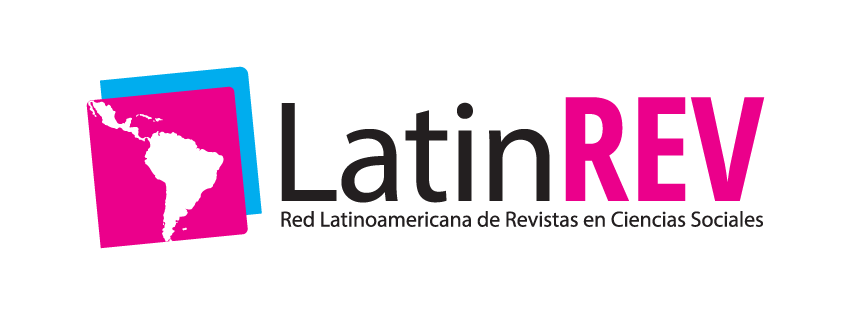Rights of Nature in Action: An Analysis of Laws in Ecuador
DOI:
https://doi.org/10.46480/esj.9.2.218Keywords:
Rights , Nature, Environment, Justice, environmental impact, environmental managementAbstract
Background: The growing global interest in the rights of nature goes beyond simply granting legal rights to trees, rivers, oceans, and other natural entities. A key question arises: how can these ecosystems be represented in courts as legal persons capable of defending their own interests? Objective: This article examines how the legal framework in Ecuador recognizes the rights of nature and evaluates the mechanisms through which ecosystems are represented in court. It proposes an eco-centric representation model that ensures effective and justiciable protection of these rights. Methods: A doctrinal legal analysis was conducted using Ecuador’s 2008 Constitution as the primary legal framework. The study draws on case law, academic literature, legislation, and international legal perspectives to assess how representation is currently operationalized in Ecuador. Results: The review reveals that, although Ecuador has taken a pioneering role by constitutionalizing the rights of nature, gaps persist in the legal mechanisms for representation. Judicial cases show inconsistent application of these rights, often dependent on anthropocentric interpretations and the capacities of human representatives. Conclusion: To strengthen the enforceability of the rights of nature, the legal framework in Ecuador should be revised to provide clearer guidelines for representation. Additionally, representatives must be trained to embody eco-centric values, ensuring authentic and effective advocacy for ecosystems as legal persons.
Downloads
References
Constituent Assembly of Ecuador (2008). Constitution of the republic of ecuador. Constitutional text enacted by the Constituent Assembly of Ecuador. Published in the Official Register No. 449, October 20, 2008.
Cooke, J. (2017). Law of Tort. Pearson Education Limited, Harlow, England, 13 edition.
Elliot, R. (1997). Faking Nature: The Ethics of Environmental Restoration. Routledge, London and New York.
Harmony with Nature (2025). Rights of nature law, policy and education. Online resource. Accessed April 2025.
Hutchinson, A. (2014). The whanganui river as a legal person. Alternative Law Journal, 39(3):179–182. DOI: https://doi.org/10.1177/1037969X1403900309
Kauffman, C. and Martin, P. (2016). Testing ecuador’s rights of nature: Why some lawsuits succeed and others fail. In Proceedings of the International Studies Association Annual Convention, Atlanta, GA, USA. Presented at the International Studies Association Annual Convention, March 18, 2016.
Kotz´ e, L. J. and Calzadilla, P. V. (2017). Somewhere between rhetoric and reality: Environmental constitutionalism and the rights of nature in ecuador. Transnational Environmental Law, 6(3):401–433. DOI: https://doi.org/10.1017/S2047102517000061
New Zealand Parliament (2017). Te awa tupua (whanganui river claims settlement) act 2017. Act of the Parliament of New Zealand. Public Act 2017 No. 7, Date of assent: 20 March 2017.
Roston, H. I. (1991). Environmental Ethics: Values in and Duties to the Natural World. Temple University Press, Philadelphia, PA.
Tanasescu, M. (2015). The rights of nature: Theory and practice. Unpublished manuscript. DOI: https://doi.org/10.1007/978-1-349-68308-6_11
Whittenmore, M. E. (2011). The problem of enforcing nature’s rights under ecuador’s constitution: Why the 2008 environmental amendments have no bite. Pacific Rim Law & Policy Journal, 20(3):659–691. University of Washington School of Law.
Wilson, Z. (2017). Whanganui chronicle - te awa tupua will take time to manifest. Newspaper article. Accessed April 2025.
Downloads
Published
Issue
Section
License
Copyright (c) 2025 Oluwabusayo Wuraola

This work is licensed under a Creative Commons Attribution-NonCommercial-ShareAlike 4.0 International License.
Authors retain the copyright of their articles and are therefore free to share, copy, distribute, perform, and publicly communicate their work on their personal websites or in institutional repositories after its publication in this journal, provided that full bibliographic information is given to acknowledge its original publication.































